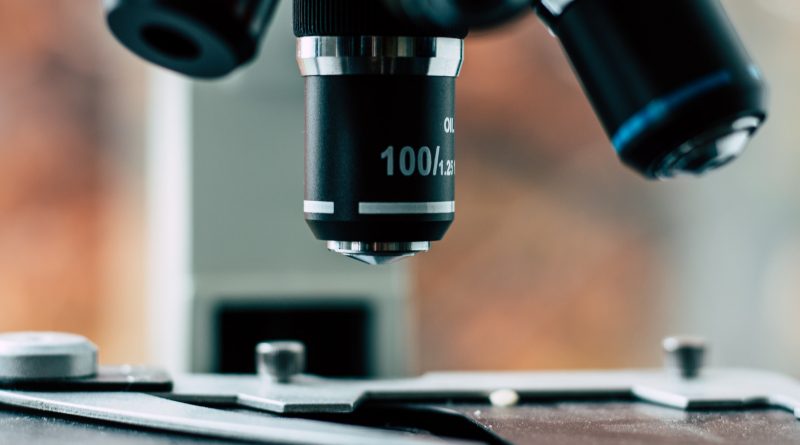The Versatile World of Camelid Antibodies: Exploring the Functions of VHH Domains
Immunoglobulin (Ig), a multifaceted protein, stands as a sentinel against foreign invaders in the body, thanks to its fragment antigen-binding (Fab) and fragment crystallizable (Fc) domains. Cleaved through enzymes like papain and pepsin, these two structural components serve distinct roles. While the Fc region orchestrates biological responses upon encountering antigens, it is the Fab region that plays a pivotal role in antigen recognition.
Camelid Antibodies Unveiled
However, the world of antibodies is vast and diverse. Camelid antibodies, unlike their conventional counterparts, comprise only two heavy chains, devoid of the CH1 region. Instead, they boast an exceptional antigen-binding domain known as the VHH region, earning them the moniker “single domain antibodies” or VHH antibodies.
The Rise of Single Domain Antibodies
Among the pantheon of designed and recombinant antibodies, two forms have risen to prominence: single-chain variable fragments (scFvs) and camelid heavy-chain variable domains, affectionately called nanobodies. Initially, it was believed that scFvs, composed of VH and VL, represented the smallest antibody fragment with antigen-binding prowess equivalent to the full Ig molecule. However, this perception was shattered with the discovery of camelid VHH and shark variable novel antigen receptors (VNAR) (Asaadi et al., 2021).
Unveiling the Properties of VHH Antibodies
Size: Nanobodies weigh in at approximately 30 kDa, their compactness and possession of only three antigen-binding loops make them highly amenable to genetic modifications. Their diminutive size also contributes to a shorter half-life in the bloodstream, owing to renal filtration and degradation. This property can be both advantageous and disadvantageous, as it augments tissue permeability but complicates clinical regimens that necessitate prolonged antibody circulation due to their sub-glomerular filtration threshold molecular weight (65 kDa).
Immunogenicity: The low immunogenicity of nanobodies in clinical settings can be attributed to their high sequence homology with human VH (VH3 gene family), facilitating a simplified humanization process. However, humanization may reduce their binding affinity and introduce potential immunogenic epitopes via CDR grafting.
Solubility and Stability: Nanobodies exhibit remarkable stability due to their transition from nonpolar to polar characteristics, rendering them resilient in extreme pH or ionic strength environments and resistant to chemical denaturants and protease enzymes. An additional disulfide bond further bolsters their conformational stability, preventing heat-induced aggregation. Their exceptional refolding efficiency ensures that temperature changes have no bearing on their conformation, preventing aggregation or denaturation. This structural rigidity is particularly advantageous in clinical settings where non-native protein aggregation can trigger immune responses (Bever et al., 2016).
Applications Galore for VHH Single Domain Antibodies
Nanobodies as Crystallization Chaperones: Nanobodies have a stellar record of aiding in the crystallization of challenging proteins. These robust, single-domain fragments have the ability to lock proteins into specific conformations, shield aggregating surfaces from solvents, and stabilize inherently flexible regions—all crucial facets of the crystallization process. Their unique characteristics have contributed significantly to unraveling dynamic protein structures and shedding light on the biological functions of antigens. Moreover, conformation-sensitive nanobodies maintain amyloid-protofibril stability and inhibit the formation of mature amyloid fibrils, a critical tool in studying partially disordered or amyloid proteins (Harmsen and De Haard, 2007).
Engineering Camelid Antibodies: Target-specific VHHs are obtained through panning on antigens and phage display of cloned VHHs. These recombinant VHHs, or nanobodies, find utility in various biochemical and biophysical applications, as well as large-scale microbe production. Their high specificity and affinity for antigens make them soluble in aqueous solutions, resistant to harsh conditions, thermal stability, and chemical denaturation. The addition of an intra-domain disulfide bond enhances nanobodies’ resistance to unfolding or proteases, making them effective biosensor probes. Their small size facilitates rapid removal from the body through the kidneys and the blood-brain barrier, making them invaluable for non-invasive in vivo imaging (Jain, Kamal, Batra, 2007).
In the ever-evolving landscape of antibody research, camelid antibodies with their remarkable VHH domains continue to unveil new horizons, promising novel solutions in medicine, biotechnology, and beyond.
References:
Mestecky, J., 1972. Structure of antibodies. Journal of Oral Pathology & Medicine, 1(6), pp.288-300.
Zouali, M., 2001. Antibodies. e LS.
Paul 3rd, F.I., 1993. Edition. Raven Press, New York, Chapt, 9, pp.292-295.
Steward, M.W., 2012. Antibodies: Their structure and function: Their structure and function. Springer Science & Business Media.
Bengten, E., Wilson, M., Miller, N., Clem, L.W., Pilström, L. and Warr, G.W., 2000. Immunoglobulin isotypes: structure, function, and genetics. Origin and Evolution of the Vertebrate Immune System, pp.189-219.
Platts-Mills, T.A., 2001. The role of immunoglobulin E in allergy and asthma. American journal of respiratory and critical care medicine, 164(supplement_1), pp.S1-S5.
Arbabi-Ghahroudi, M., 2017. Camelid single-domain antibodies: historical perspective and future outlook. Frontiers in immunology, 8, p.1589.
Hassanzadeh-Ghassabeh, G., Devoogdt, N., De Pauw, P., Vincke, C. and Muyldermans, S., 2013. Nanobodies and their potential applications. Nanomedicine, 8(6), pp.1013-1026.
Wheeler, J.C., 1995. Evolution and present situation of the South American Camelidae. Biological Journal of the Linnean Society, 54(3), pp.271-295.
Asaadi, Y., Jouneghani, F.F., Janani, S. and Rahbarizadeh, F., 2021. A comprehensive comparison between camelid nanobodies and single chain variable fragments. Biomarker Research, 9(1), pp.1-20.
Kontermann, R. and Dübel, S. eds., 2010. Antibody Engineering Volume 2. Heidelburg: springer.
Zavrtanik, U., Lukan, J., Loris, R., Lah, J. and Hadži, S., 2018. Structural basis of epitope recognition by heavy-chain camelid antibodies. Journal of molecular biology, 430(21), pp.4369-4386.
Bever, C.S., Dong, J.X., Vasylieva, N., Barnych, B., Cui, Y., Xu, Z.L., Hammock, B.D. and Gee, S.J., 2016. VHH antibodies: emerging reagents for the analysis of environmental chemicals. Analytical and bioanalytical chemistry, 408(22), pp.5985-6002.
Harmsen, M.M. and De Haard, H.J., 2007. Properties, production, and applications of camelid single-domain antibody fragments. Applied microbiology and biotechnology, 77(1), pp.13-22.
de Marco, A., 2011. Biotechnological applications of recombinant single-domain antibody fragments. Microbial cell factories, 10(1), pp.1-14.
Jain, M., Kamal, N. and Batra, S.K., 2007. Engineering antibodies for clinical applications. Trends in biotechnology, 25(7), pp.307-316.





